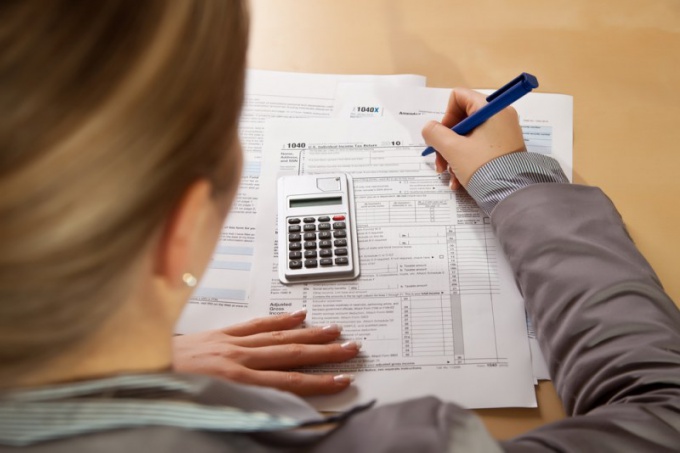Instruction
1
Open the account with number 90 ("Sales"). This will help you to perform all the information about the product and then determine whether the value of the financial result. On the credit side of the account should reflect the amount of proceeds from the sale of goods at selling prices. In turn, on its debit – production cost of sold goods, the cost of packaging, excise taxes, business expenses, amount of tax payments, and other expenses of the enterprise. In the final resulte on the debit side should get the value of the actual full cost of commodity products with deductions and taxes, and loan values to amounts paid by customers for the products.
2
View sub-account, opening their account "Sales". They will allow you to reflect the specific components values used in the calculation of the financial result. For these purposes open: "sales" 90.1 sub-account, the "VAT" subaccount 90.2, 90.3 sub-account "Cost of sales" subaccount 90.4 "export Duties", "Excise taxes" subaccount 90.5, "Tax implementation" sub 90.6. Then, based on the reviewed accounts, 90.9 create a sub-account called "gain/loss from sales".
3
Calculate figures who turned out at the end of the month on the debit and credit account "Sales". Debit turnover on 90.2-90.6 subaccounts sleep on the loan 90.1 subaccount. When comparing these values define positive or negative is the financial result from the sale of goods. Amount received sleep with 90.9 subaccount on account 99 "Profits and losses". Then the score of 90 should be no balance at the end of the month, but in his sub-accounts each month will accumulate to a debit or credit balance.
4
Close account 90 subaccounts open at the end of the year, with the exception of one sub-account - 90.9. Using internal records, analyze the data for this subaccount. Thus, on day 1 following the reporting year (1 January) on all sub-accounts should have a zero balance. A financial score will allow you to assess the relationship between the amounts of income and expenses.
